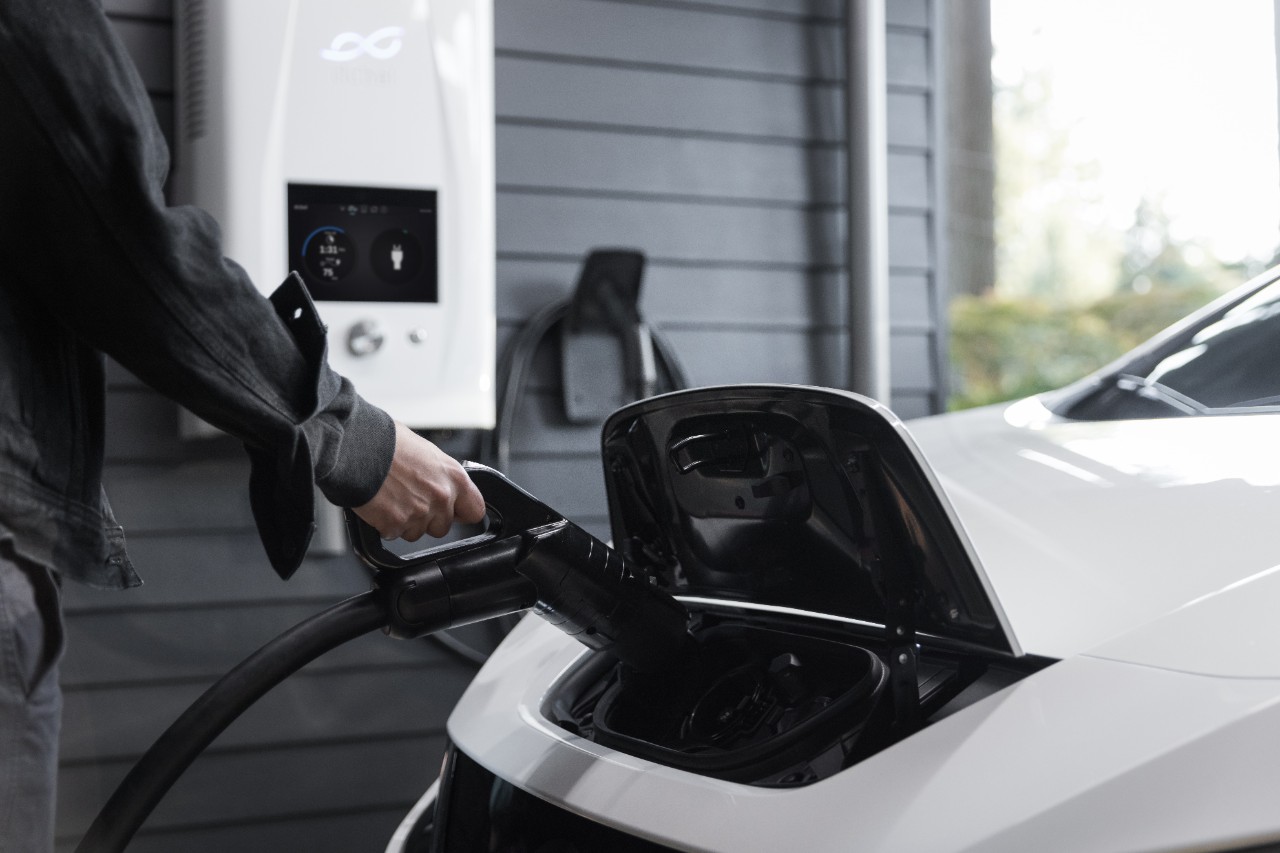What we cover
New Zealand is on the cusp of an EV revolution. By the end of this decade, more than 50% of monthly vehicle sales need to be electric to meet our emissions targets. According to the NZTA, this requires a jump from 6,000 EVs (bought in 2020) to annual sales of 150,000.
The growth of EVs hasn’t been limited to just personal vehicles, businesses are continuing to get on-board with the technology and adopt it into their fleets. EVs are fast becoming the compelling choice for most businesses with increasing numbers of EV models in the market, technology improvements, and greater price competition.
This large-scale introduction of EVs to commercial fleets present some opportunities, but it also requires careful consideration to ensure everything is well prepared. Anticipating this, NZI has produced a safety guide with some practical steps for your business to work through.
There are plenty of advantages in switching to an EV fleet explains Jessica Rodger, NZI’s Sustainability Manager. “The big benefit is in reducing your fleet’s carbon footprint. Over 20% of New Zealand’s greenhouse gas emissions come from transport so reducing this collectively would make a huge difference.” However, it’s not just the environment that benefits, “EVs make financial sense too. They cost less to run and have fewer moving parts meaning fewer repairs and lower servicing costs.”
Businesses will however need to plan and manage the transition safely. EVs have sophisticated batteries that require approved charging procedures. “Electric vehicles are nothing new in that respect,” says Mike Knowles, Risk and Capability Manager at NZI who specialises in supporting customers to reduce their risk profile. “Businesses already have good guidance on best practice from charging electric forklifts, but we need to consider and adapt to much more rigorous electrical demands and charging a much higher number of vehicles.”
According to Knowles, there are some key considerations for safe EV charging at the workplace.
“Charging multiple vehicles on site can have a large impact on a business’s energy draw,” says Knowles. “Businesses need to be absolutely certain that their electrical infrastructure can support their fleet plans. We recommend any installation be conducted by a suitably trained electrician and inspected each year.”
More information on WorkSafe’s guidelines to ensure EV infrastructure is installed safely and in line with regulations can be found here.
" The big benefit is in reducing your fleet’s carbon footprint. Over 20% of New Zealand’s greenhouse gas emissions come from transport so reducing this collectively would make a huge difference
Jessica Rodger - NZI Sustainability Manager
While EV car fires are rare events and much less common than petrol vehicles, they present new challenges. If the lithium-ion battery in an EV catches fire it produces an intense heat and is more difficult to contain than a petrol vehicle fire, requiring more water or alternative methods to douse the blaze. NZI recommends businesses to consider appropriate fire suppression measures when installing charging stations to control and contain a fire should one occur.
Mike Knowles reiterates that such fires are rare, however, businesses should recognise the issue. For example, if installing a charging station in a basement an effective sprinkler system could be beneficial in helping control a fire.
“You need defined spaces to charge them, clear distance away from flammable materials and effective fire prevention methods like sprinkler systems.”
Knowles considers charging vehicles in the workplace as current best practice. “It’s a good option to charge at work where the electrical installation has been tested and installed to current standards,” Knowles says. “This offers a lot of certainty about the installation, and who is paying for the electricity. The issue is, the ways in which people work, and travel, varies, and many employees, who regard a car as their own, or as part of an employee package, will be wanting to charge their EV in their home garage at night – placing demands on the home wiring.”
This is where there can be potential challenges. “Adding the EV load to a house significantly increases the amount of electricity consumed,” explains Peter Morfee, Principal Technical Advisor – Energy Safety at WorkSafe. “And at the same time, it stresses the electrical system both in load and duration. The stresses are most significant on the incoming cable(s) between the network and the house switchboard. If one of the two conductors of this cable fails, the lights go out, maybe with a bang and a small fire. If the other cable fails, then all the metal parts of electrical equipment will become alive.”
WorkSafe has issued guidelines that help ensure at home charging is carried out safely. For employees who do need to be able to charge their vehicle at home, it is possible with a dedicated and approved charging station, but there are a few more requirements to ensure it is done safely and in compliance with WorkSafe rules.
More information on WorkSafe’s guidelines for safe electric vehicle charging at home can be found on their website.
The shift towards EVs is already happening. They are increasingly becoming mainstream and are creeping into business fleets. But the majority of the change is yet to come
The shift towards EVs is already happening. They are increasingly becoming mainstream and are creeping into business fleets. But the majority of the change is yet to come. “Businesses need to consider their future needs,” advises Knowles, “all good business decisions require careful thought to the future, the transition to EVs is no different.”
NZI has recognised the future is with EVs and is taking a proactive approach to ensure a smooth transition into the wider fleet. “We are currently running an EV Early Adopter Programme which sees six NZI staff members being assigned their own EV,” Jessica Rodger, NZI Sustainability Manager explains. “The objective is to better understand how EVs operate and the charging and safety challenges. We’re testing out home charging, work charging and public charging as part of this programme. So far feedback has been overwhelmingly positive and we will soon be testing another vehicle with greater range for those who travel longer distances.”
Download the NZI EV Guide here for more tips and information on what your business needs to consider before changing to an EV fleet, and talk to your broker or NZI Risk Consultant to help ensure the process runs smoothly and safely for your business.


